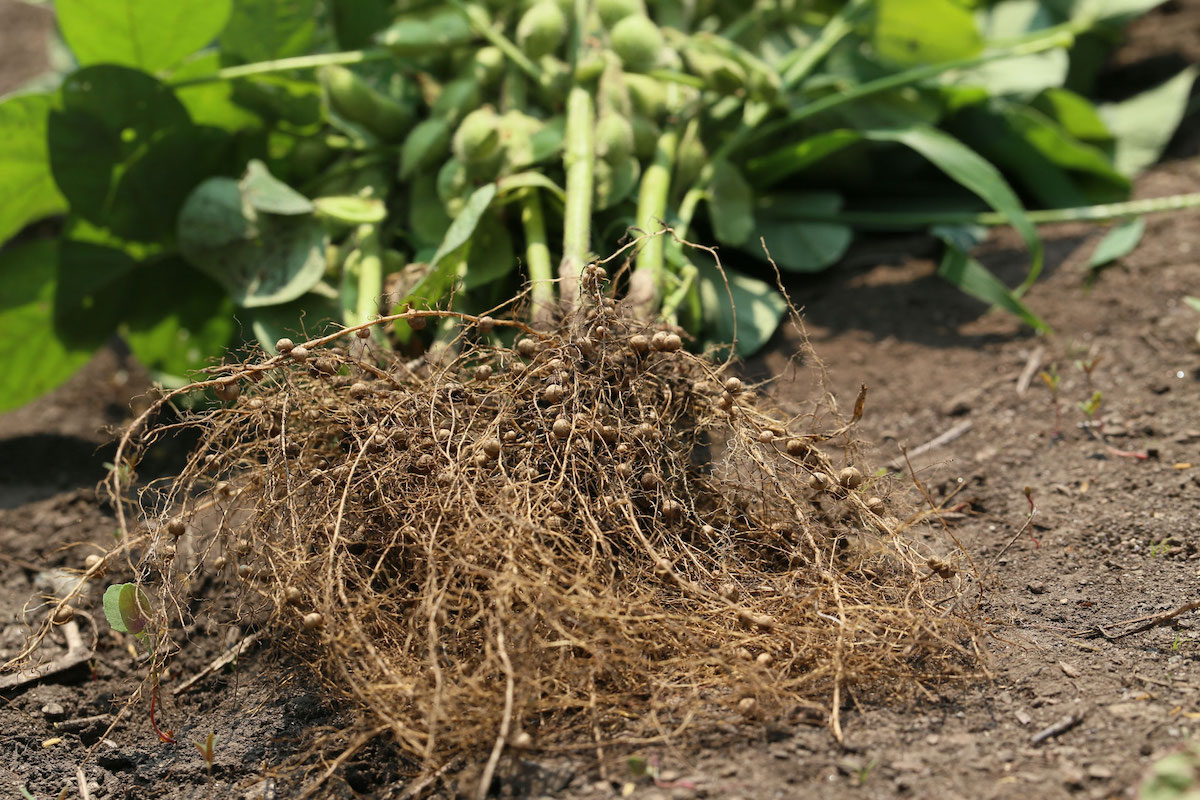

How We Farm
Cover Cropping
Cover crops are plants grown specifically to help enrich the soil during the off-season or when certain fields are given a rest for a season to regenerate. They are planted just like any other crop but then are eventually tilled back into the soil, where they decompose and add to the organic matter already in the ground. We conduct annual soil tests to determine exactly which plants to grow where.
Legumes (like beans, peas, and peanuts) are the wonders of the plant world because their roots absorb nitrogen. All plants and animals need nitrogen to exist, but while it makes up 80 percent of our air, it’s in a form that they can’t access. But, with the help of specific bacteria, legumes convert atmospheric nitrogen into a biologically usable form and store it in little nodules on their roots. When the legume plant dies, this nitrogen is released into the soil where other plants can feed on it.
Not only do cover crops put lots of nitrogen back into the land, but they also keep our soil from eroding, getting too compacted, and too dry. They also keep those pesky weeds and pests down!
What kind of plants do we use as cover crops? We love cereal grasses such as winter rye, Cayuse oats, ryegrass, and barley. And of course, we grow plenty of legumes like field peas, crimson clover, hairy vetch, snow peas, bell beans, and fava beans. A little mustard manages to sneak in there, too, because the same chemical compounds that make it spicy to us also help destroy soil-borne pests and diseases!
